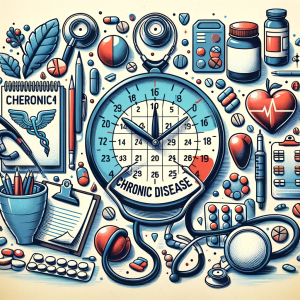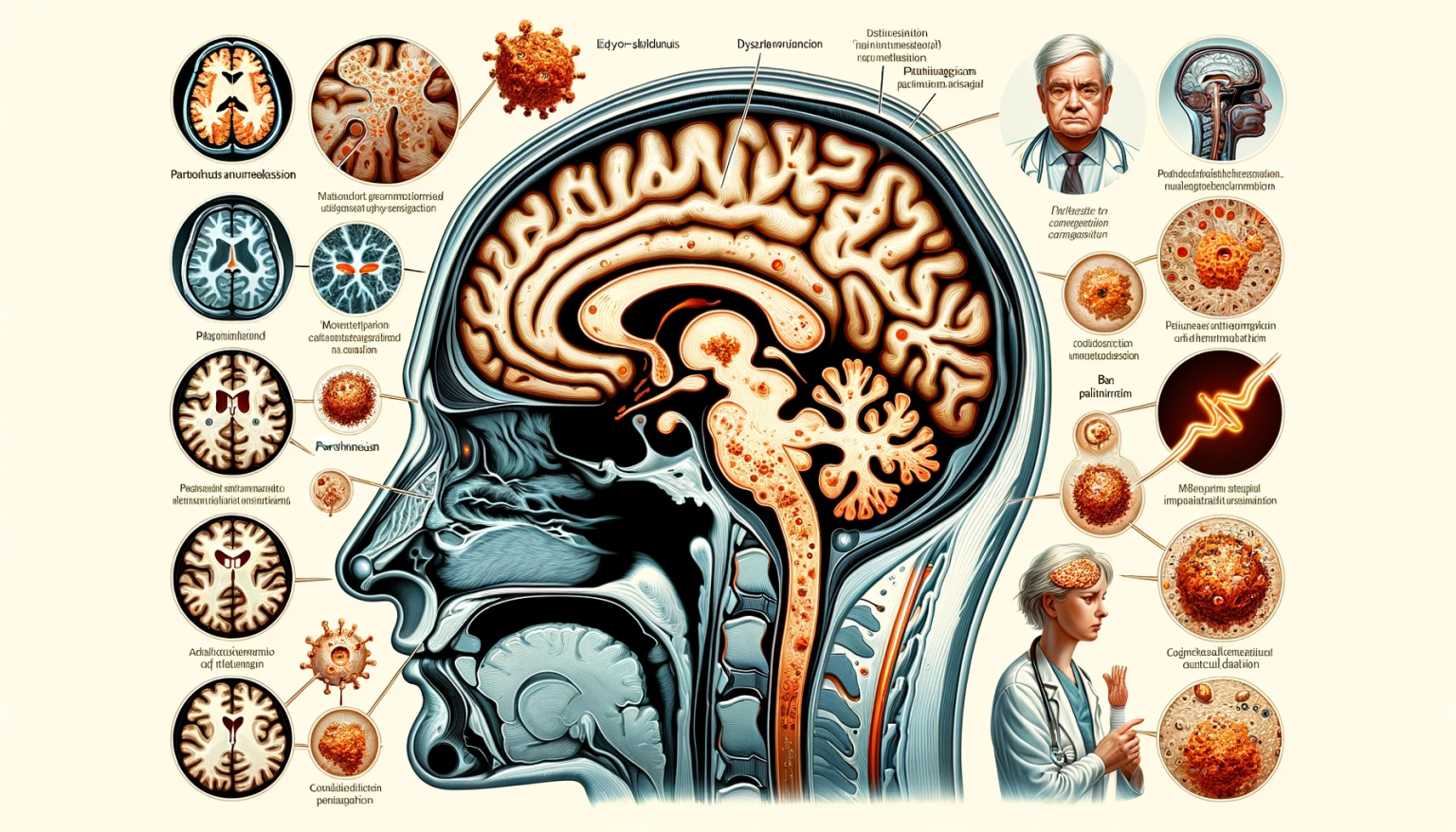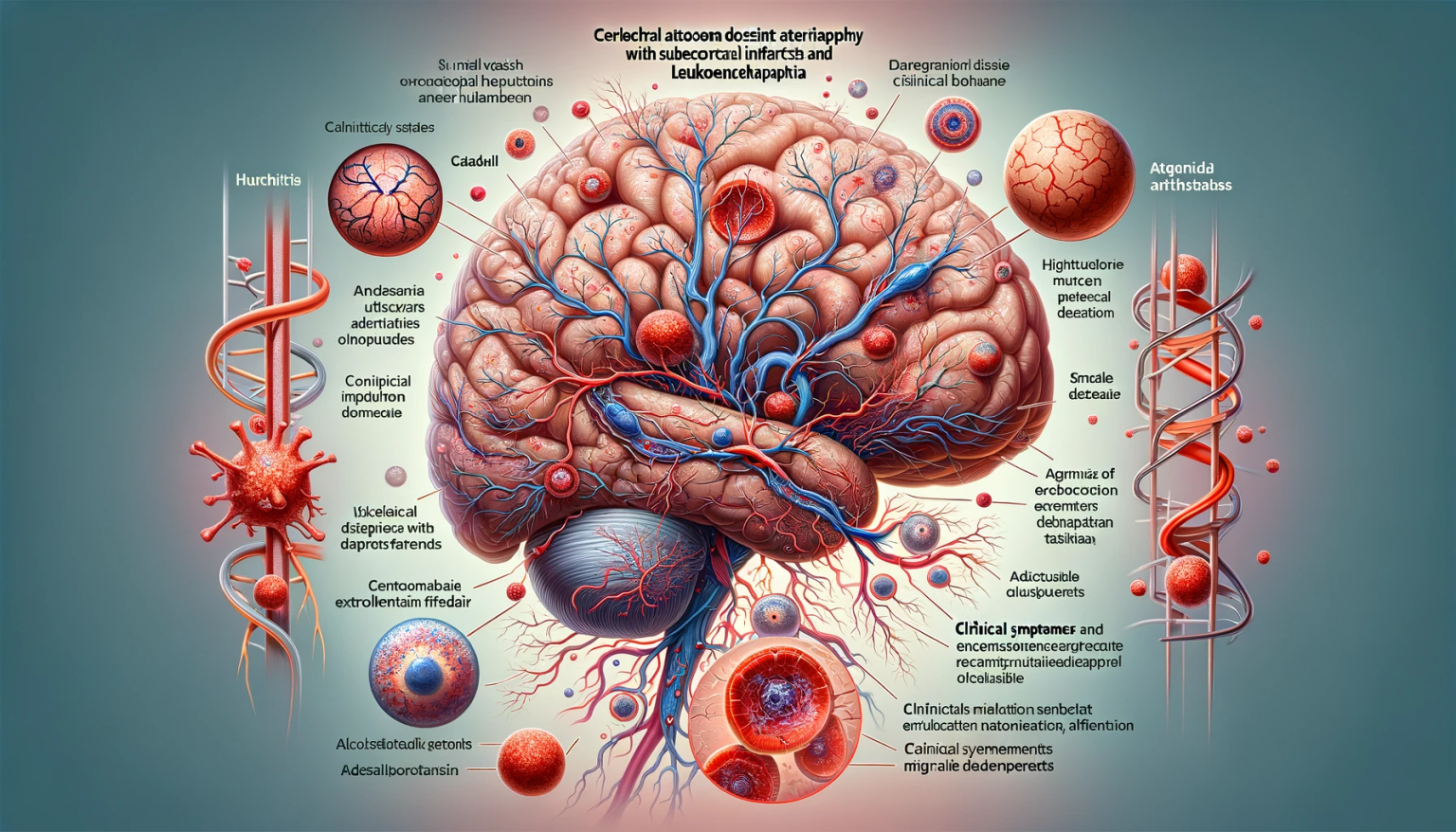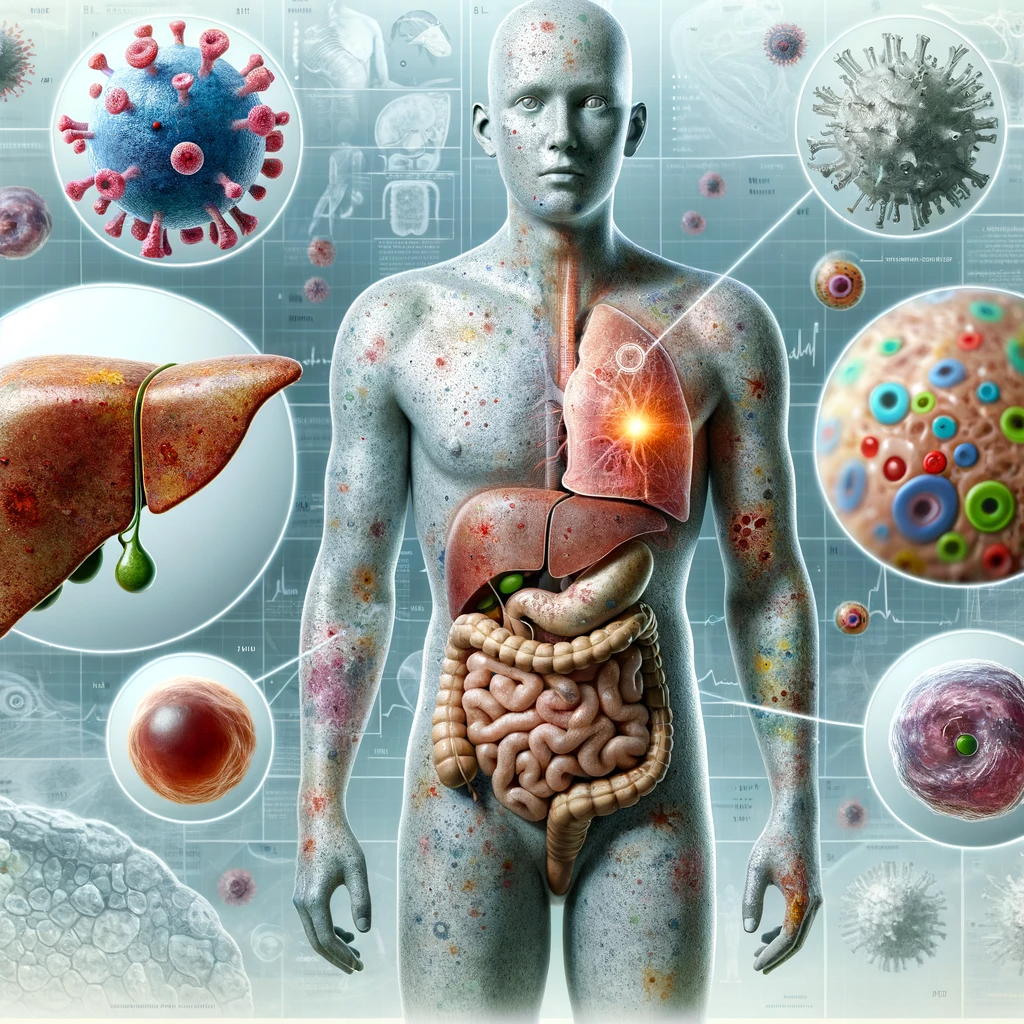Introduction: Unraveling the Persistent Glycemic Challenge
The Enduring Glucose Enigma Diabetes Mellitus Type 2 (T2DM) represents a chronic metabolic disorder characterized by persistent hyperglycemia, resulting from a combination of insulin resistance and inadequate insulin secretion.

Pathophysiological Panorama: The Metabolic Maelstrom
Insulin Resistance: The Core of the Crisis Central to T2DM is insulin resistance, where body cells fail to respond to insulin efficiently, leading to elevated blood glucose levels.
Beta-Cell Dysfunction: The Declining Insulin Dynasty Over time, the pancreatic beta cells, which produce insulin, become impaired and fail to compensate for the increased insulin demand.
Epidemiological Insights: The Global Glycemic Burden
The Rising Tide of Type 2 Diabetes T2DM has emerged as a global health concern, with increasing prevalence attributed to aging populations, sedentary lifestyles, and rising obesity rates.
Genetic and Environmental Interplay The interplay of genetic predisposition and environmental factors like diet and physical activity play a crucial role in the development of T2DM.
Clinical Manifestations: The Symptomatic Spectrum
From Polyuria to Neuropathy: The Diverse Presentations T2DM often presents insidiously with symptoms like polyuria, polydipsia, and unexplained weight loss, and can progress to complications like neuropathy, retinopathy, and nephropathy.
Therapeutic Strategies: The Long-Term Commitment
Lifestyle Intervention: The First Line of Defense Dietary modifications, weight loss, and increased physical activity are pivotal in managing T2DM, often complemented by pharmacotherapy.
Pharmacological Arsenal: Beyond Insulin Medications include metformin, sulfonylureas, and newer classes like GLP-1 receptor agonists and SGLT2 inhibitors, each targeting different aspects of glucose metabolism.
Prognostic Considerations: Living with T2DM
The Chronicity and Complications While T2DM is a lifelong condition, proper management can control blood glucose levels and reduce the risk of complications.
The Importance of Regular Monitoring Regular monitoring of blood glucose levels, along with periodic health evaluations, are essential in the long-term management of T2DM.
Conclusion: Navigating the Chronic Path of T2DM
A Multifaceted Approach for a Multifactorial Disease The management of T2DM requires a comprehensive approach, addressing both lifestyle and pharmacological aspects, to mitigate its chronic impacts and enhance quality of life.
In summary, T2DM is indeed a chronic disease, marked by its long duration and the requirement for ongoing medical attention and lifestyle adjustment to manage its course effectively.








